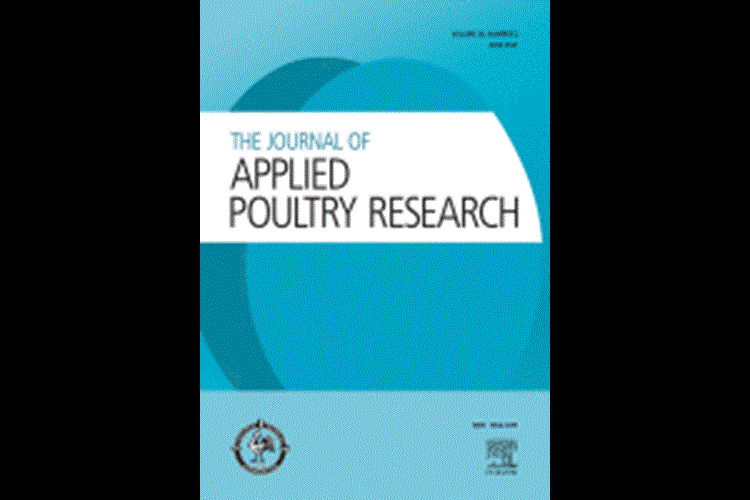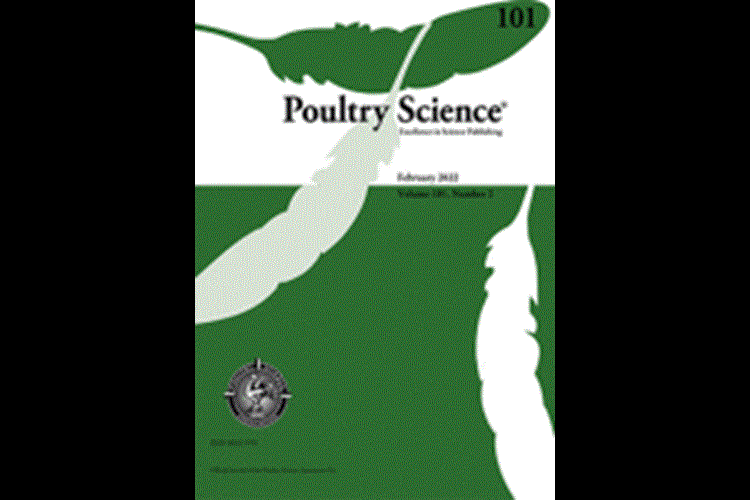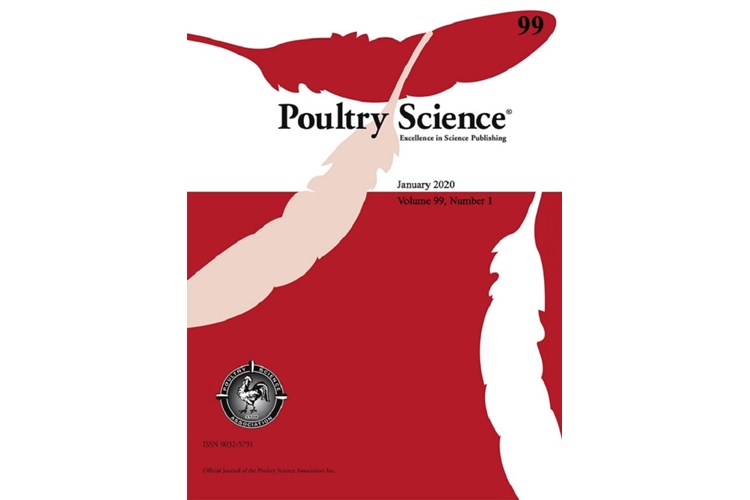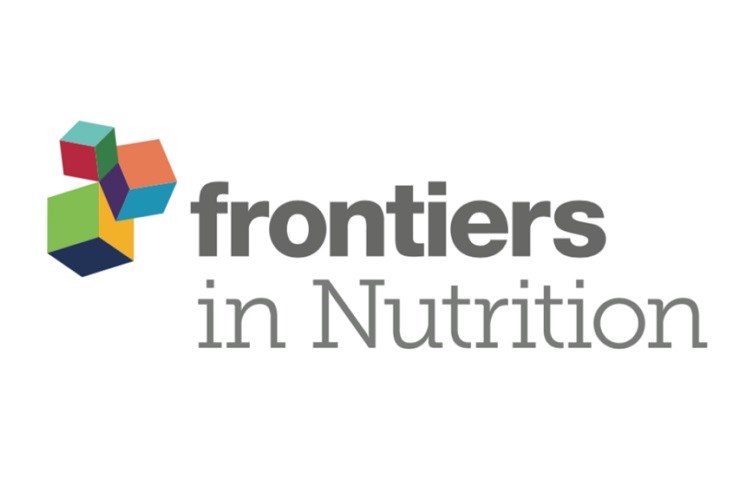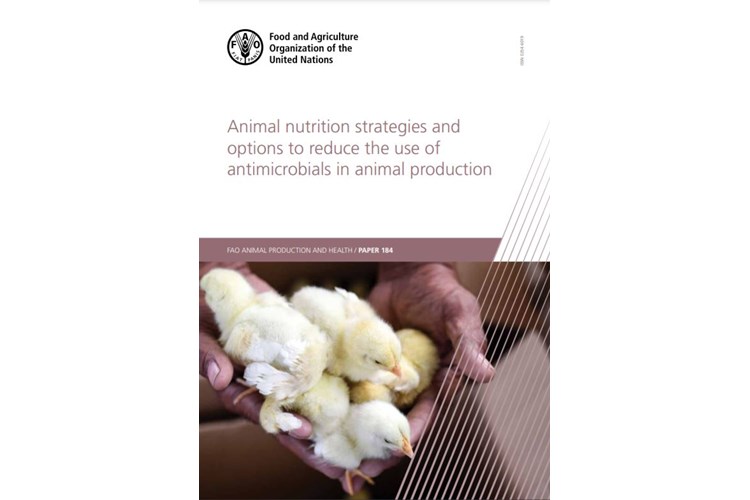Hydroxychloride trace elements improved eggshell quality partly by modulating uterus histological structure and inflammatory cytokines expression in aged laying hens
The objectives of this study were to investigate the effectiveness of dietary zinc, copper, and manganese hydroxychloride (HC) supplementation on performance, minerals deposition, serum parameters, eggshell ultrastructure, uterus histological structure, and inflammatory cytokines in aged hens. A total of 560 Hyline Brown layers at 62 wk of age were randomly allotted into 3 groups (CON, basal diet without extra minerals supplemented; Sulphate and HC, basal diet with sulphate or hydroxychloride zinc, copper, and manganese supplementation at levels of 80, 15, and 80 mg/kg, respectively). The trial lasted for 16 wk consisting of 4 wk depletion period and 12 wk testing period. The results indicated that dietary hydroxychloride trace elements increased egg weight (P < 0.05) when compared with CON group and improved average Haugh unit and albumen height (P < 0.05) when compared with Sulphate group from 70 to 73 wk. Trace element supplementation significantly increased eggshell strength, ceruloplasmin content in serum, and modified crystallographic structure of eggshell (P < 0.05) that included effective layer height, palisade height, mammillary layer width, and mammillary internal area ratio, but the results did not differ regarding the trace mineral sources used. Furthermore, hens fed with hydroxychloride trace element showed the highest mucosal fold height (P < 0.05) and epithelial height (P = 0.053) in eggshell gland, as well as mRNA expression of TNF-α (P < 0.05) and IL-22 (P = 0.094). It is concluded that supplementation of Zn, Cu, and Mn mixture modified eggshell quality partly through enhancing histological structure and immune responses of uterus. Hydroxychloride source of Zn, Cu, and Mn excelled sulphate in its beneficial effects for birds.
by
Qiuyu Jiang
on 05/10/2021


